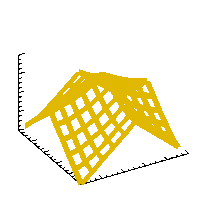 comp.lang.idl-pvwave archive
comp.lang.idl-pvwave archive
Messages from Usenet group comp.lang.idl-pvwave, compiled by Paulo Penteado
|
Show:
Today's Messages
:: Show Polls
:: Message Navigator
E-mail to friend |
   |
| ||||||||||||||
 |
N3 (authomatic correction of intensity in MRI data)
By: John K on Tue, 18 November 2014 12:13
|
|
 |
Re: N3 (authomatic correction of intensity in MRI data)
By: rryan%stsci.edu on Tue, 18 November 2014 13:24
|
|
 |
Re: N3 (authomatic correction of intensity in MRI data)
By: lecacheux.alain on Wed, 19 November 2014 09:41
|
| Previous Topic: | cubic spline fitting |
| Next Topic: | extrac subarrays |
-=] Back to Top [=-
Current Time: Fri Nov 28 08:06:33 PST 2025
Total time taken to generate the page: 0.00805 seconds
 Members
Members Search
Search Help
Help Login
Login Home
Home




